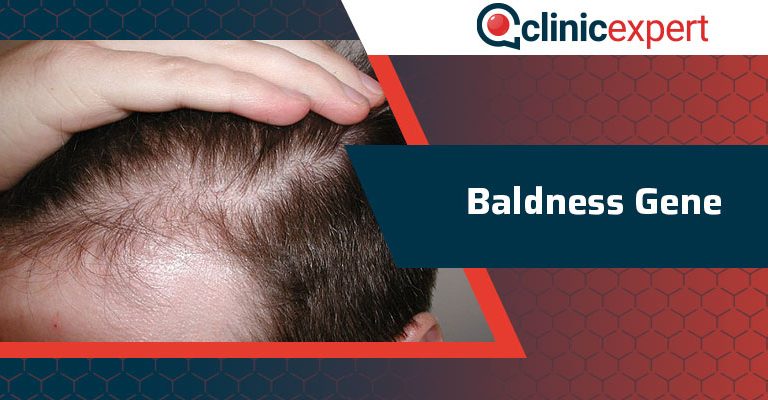Hair Loss Replacement. Hair loss may be a part of the natural aging method or may result from heredity, endocrine changes, medications, ill-health, or trauma, together with burns and severe emotional stress. Some people expertise hair loss because of a mix of those factors. Hair loss patterns additionally vary between men and ladies. Men tend to visualize hair loss beginning at the temples, the hairline in an M form, and within the crown space. ladies most ordinarily see hair thinning at the highest of the top inflicting a part of the hair to become wider. Hair loss will affect a patient’s look and shallowness. The goal of our surgical hair restoration is to fill in or recreate the thinning hairline and fill in different areas on the scalp wherever hair loss is noticeable. Recent years have yielded major advances in hair restoration for each ladies and men, with natural trying results superior to the unattractive hair plug look ensuing from treatments utilized in the past.
Hairline Genetics Both women and men experience hair loss. However, studies have historically centered primarily on male subjects and efforts to link the two have shown that we cannot predict by looking at equal genetic markers to woman pattern hair loss. Because of this, notably much less is understood approximately woman hair loss.
Baldness Gene While some people believe that baldness is a family legacy, other people don’t agree with this theory. Baldness is a normal situation that emerges from the lack of hair on our heads. The most commonly known type of baldness is known as "male pattern baldness". Its name in medical language is androgenic alopecia. We name the reduction of the overall volume of the hair "female pattern baldness". Even though they have such names, both types of baldness can be seen in both men and women. While hair loss and baldness are rare in women, one out of every four men over the age of 25 has thinning hair.
Hair follicle cloning and hair multiplication are novel techniques currently being researched for the cure of hair loss. The process of cloning hair is to extract healthy follicle cells from a patient and cultivate multiple copies of them in vitro. Then, the multiplied cells are placed back to the balding scalp, where they continue their normal growth. In this post, we’ll break down the method of hair cloning. We’ll then recap the newest research on the subject, also as once you might expect to ascertain hair cloning procedures become available to the general public.
Laser Treatment For Hair Loss Every day, most people lose approximately one hundred hairs from their scalp. While the majority of human beings grow the one's hairs grow back, a few human beings don’t due to age, heredity, hormonal changes, scientific conditions, such as lupus and diabetes, bad nutrition, side effects of scientific treatment, such as chemotherapy, stress. Treatments to prevent hair loss and in all likelihood opposite it include hair transplant surgery and laser therapy.





